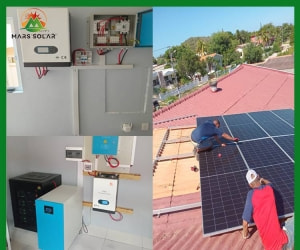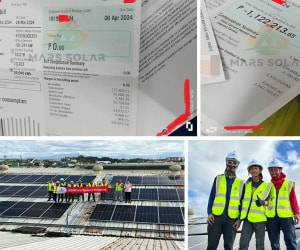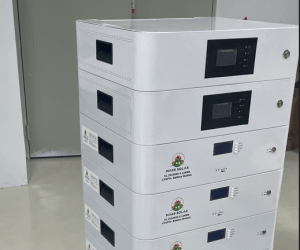India's solar and wind power will account for 9.3% of electricity demand in 2020
According to the latest news from Bloomberg New Energy Finance, in 2020, India's wind farms and solar power Home Solar Energy stations accounted for 9.3% of all grid demand, compared with 8% in 2019.

Specifically, in 2020, solar power generation in India will increase by 25% year-on-year, while wind power generation will fall by 5%. This is because despite the high installed capacity, the wind season this year is relatively weak, especially from August to October.
According to an analysis by the American consulting company ArcVera Renewables, due to low wind speeds caused by regional and global climate factors, India’s wind power production in the second and third quarters of this year unexpectedly dropped.
The analysis pointed out that despite the changes compared to the same period last year, India’s wind power generation in the second and third quarters of this year was significantly lower than the long-term average production forecast, which is based on the analysis of climate records and surface wind observation points. Yes, this is a rare event.
The Indian government plans to achieve 175GW of domestic renewable energy installed capacity by the end of March 2022, including 100GW of solar power and 60GW of wind power. Among the 100 GW of solar power, 40GW of rooftop solar power is also included.
However, in early 2020, the COVID-19 outbreak, the lockdown policy adopted to curb the spread of the virus has led to weak power demand, and the lower power generation generated by renewable energy and other technologies is in a "must run" state, which will also help increase wind and solar power Share in the power generation portfolio.
In general, coal and na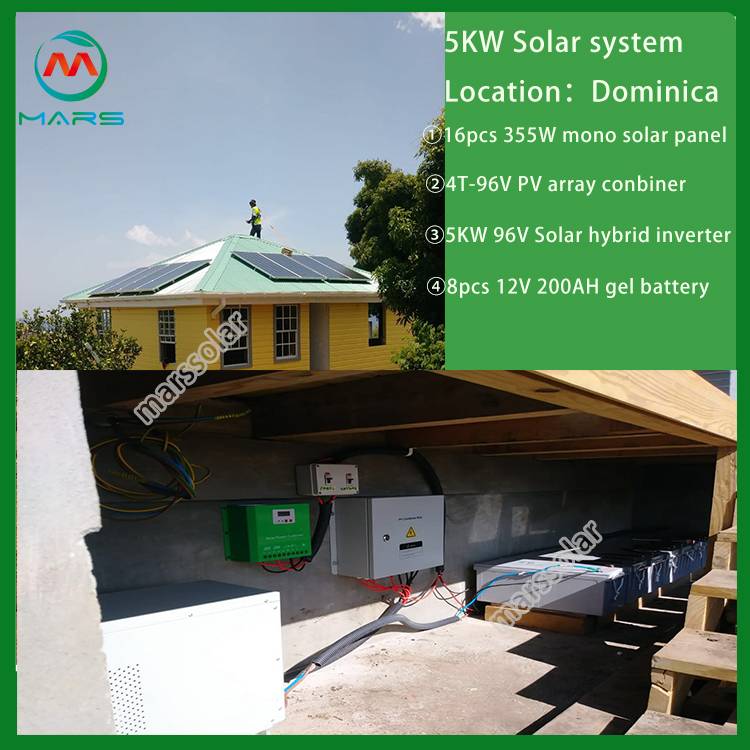 tural gas are still India’s main sources of power generation, accounting for 73% of total electricity demand in 2020, lower than 75% in 2019. Other zero-carbon resources (such as hydropower, nuclear power and biomass) will be in 2020. 17% of electricity was provided in 2017, compared with 16% in 2019.
tural gas are still India’s main sources of power generation, accounting for 73% of total electricity demand in 2020, lower than 75% in 2019. Other zero-carbon resources (such as hydropower, nuclear power and biomass) will be in 2020. 17% of electricity was provided in 2017, compared with 16% in 2019.
It is estimated that in 2021, with the commissioning of new solar and wind energy projects, the proportion of renewable energy in India's electricity demand is expected to further increase.
-
 Solar PV System Expansion: Compatibility, Efficiency & Implementation Guide1. Background and Necessity Early-installed PV systems generally fail to meet the growing energy demands of modern households and enterprises. Compared with replacing the entire system, expansion is a more economical option—but the core question
Solar PV System Expansion: Compatibility, Efficiency & Implementation Guide1. Background and Necessity Early-installed PV systems generally fail to meet the growing energy demands of modern households and enterprises. Compared with replacing the entire system, expansion is a more economical option—but the core questionDo you like ?0
Read more -
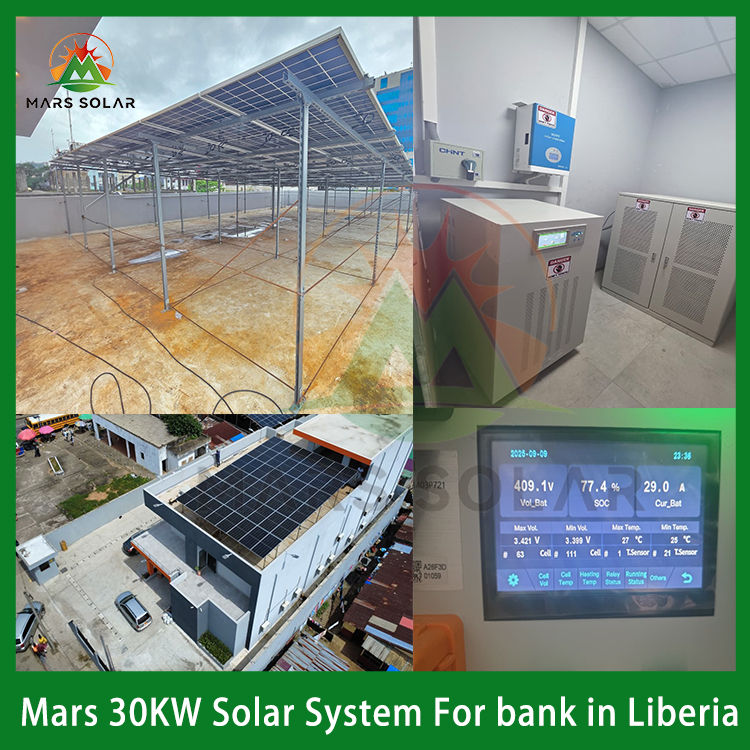 Customized Off-Grid Solar System for a Liberian Bank: Achieving Power IndependenWhen Banks Face the Challenge of "Grid Power Outages and Voltage Fluctuations": A Real-World Solution from Liberia In scenarios where the power grid is unstable and manual intervention is difficult, how to ensure the 24/7 stable operation
Customized Off-Grid Solar System for a Liberian Bank: Achieving Power IndependenWhen Banks Face the Challenge of "Grid Power Outages and Voltage Fluctuations": A Real-World Solution from Liberia In scenarios where the power grid is unstable and manual intervention is difficult, how to ensure the 24/7 stable operationDo you like ?0
Read more -
 2MW Solar Panel System For Factory2MW mars solar grid-tied solar panel system for factory have designed, produced, and installed in a factory.How does Mars Solar build such a solar panel system for factory? 1. Data collection Before designing the plan, the factory owner vi
2MW Solar Panel System For Factory2MW mars solar grid-tied solar panel system for factory have designed, produced, and installed in a factory.How does Mars Solar build such a solar panel system for factory? 1. Data collection Before designing the plan, the factory owner viDo you like ?0
Read more -
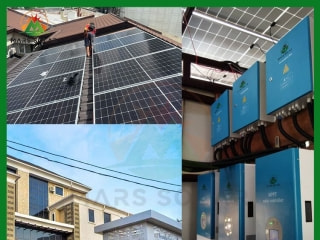 100KW Solar For Hotels And Resorts In NigeriaIn December 2024, the Mars Solar 100KW Nigeria solar for hotels and resorts project was successfully completed. In May 2024, the customer contacted Mars solar and had a series of communications on the solar for hotels and resorts project. The d
100KW Solar For Hotels And Resorts In NigeriaIn December 2024, the Mars Solar 100KW Nigeria solar for hotels and resorts project was successfully completed. In May 2024, the customer contacted Mars solar and had a series of communications on the solar for hotels and resorts project. The dDo you like ?0
Read more -
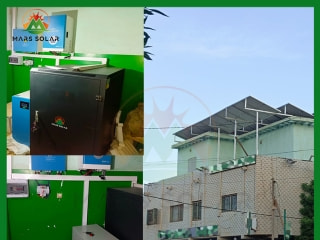 Reliable Energy Solutions for a Mali Pharmacy: 15KW Solar System Success StoryIn the heart of Mali, reliable electricity is a significant challenge, with power coming on for just 2 hours and then cutting off for 4 hours multiple times a day. This erratic power supply is particularly problematic for businesses that depend on consist
Reliable Energy Solutions for a Mali Pharmacy: 15KW Solar System Success StoryIn the heart of Mali, reliable electricity is a significant challenge, with power coming on for just 2 hours and then cutting off for 4 hours multiple times a day. This erratic power supply is particularly problematic for businesses that depend on consistDo you like ?0
Read more -
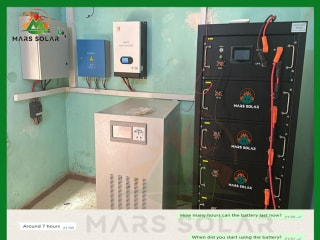 Harnessing the Sun: A Sustainable Solution for Abou's Family in MaliIn the heart of Mali, families like Abou's face daily challenges with electricity access, enduring power outages that can last up to 12 hours. To combat this, Abou relies heavily on a diesel generator to power his home, which includes essential applia
Harnessing the Sun: A Sustainable Solution for Abou's Family in MaliIn the heart of Mali, families like Abou's face daily challenges with electricity access, enduring power outages that can last up to 12 hours. To combat this, Abou relies heavily on a diesel generator to power his home, which includes essential appliaDo you like ?0
Read more

